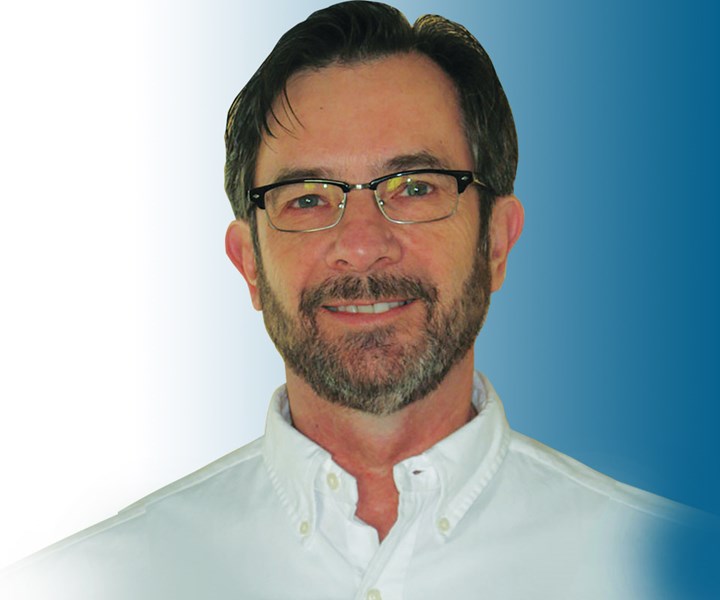Factors Affecting Job Shop Profitability
Powder coating expert Rodger Talbert answers a question about procedures that affect profitability, including quoting methods.

Q: We are fairly new in the powder coating job shop business. We have found that our quoting and process are uneven: we are not really hitting the margins we want on all our jobs. One issue we have identified includes a typical reject rate of around 5%. Some parts have higher yields, but the average is too high. Another issue is the coating thickness. Light coating and orange peel are a major part of our rejects. We also have a hard time getting the throughput we plan on when we quote a project. Can you advise us on quoting methods and other issues that affect profitability?
A: This is an interesting question that I have seen examples of before. A lot to talk about here. Profitability in a job shop begins with the part to be coated, how it will be hung and how many good parts can be coated in a given time frame. Before the part can be quoted, the racking method and throughput must be determined. For a conveyor line like you describe, the racking density is critical. Parts should be close enough for efficiency but with enough space to easily and accurately reach and cover all surfaces. Contacts should be clean and the parts kept in a steady position. Racking should be consistent with full racks and the same position all the time.
First, you need to understand the principles of good racking. As I mentioned, good density is key. Second, the parts should be positioned so they can be easily accessed and easy to see. They should be held in a stable and consistent position. There should not be any large gaps between racks — as long as there is sufficient time to coat the parts based on the line speed and number of guns. Contacts must always be clean so there is no way a part can be insulated from earth ground by coating buildup. Good racking is important for profitable coating.
Once a good racking density has been determined, you are ready to quote. The factors are labor, material, variable line burden, fixed cost and scrap or rework. Calculate each total per hour and then divide by the throughput to come up with a piece price. There is a detailed description of the quote method in Products Finishing called Calculating the Cost of Powder Coating: short.pfonline.com/powdercalculator.
Once you have the job and begin production, you will need to measure and record the setup of the spray equipment and quality results. First-pass yield with powder coating should typically be in the high 90s. If you find that you have a lot of issues (light coat, heavy film, orange peel), you should examine the racking and gun setup to determine what issues are at the root cause. For example, if the issue is light coating, you may need more manual operator training, more guns, more flow or something else to pick up the film thickness. This assumes you have good earth ground. Poor ground will radically affect film uniformity and cover.
Work on your racking and think of the rack as a tool, not just a hook. Maintain racks at all times. Get the line operators the tools, time and training they need to do good work. Measure and react to the film thickness, coverage and first-pass yield. Keep everything clean and in good working order. Finally, if a job is not making any money and you conclude it is quoted too low, raise the price or stop doing those parts. You cannot run parts well below margin without serious losses.
About the Author
Rodger Talbert
Rodger has more than 30 years of experience in the powder coating industry.
Related Content
How to Address Declining Powder Coating Coverage Over Time
Fine particles from reclaim could be to blame for powder coating problems that emerge over time. Avoid problems by keeping hooks clean, maintaining guns and using reclaim powder quickly to avoid accumulation of fines.
Read MoreAdjusting Current and Voltage When Powder Coating
Which manual powder coating gun setting is better to adjust, voltage or current? Jeff Hale of Gema USA discusses when to use different settings on your powder gun to achieve optimal results.
Read MoreSurface Prep Solution for Rusted Rebar in Concrete
Julie Holmquist of Cortec Corporation discusses passivating corrosion on rebar and other reinforcing metals.
Read MoreMasking Solutions for Medical Applications
According to Custom Fabricating and Supplies, a cleanroom is ideal for converting, die cutting, laminating, slitting, packaging and assembly of medical-grade products.
Read MoreRead Next
Episode 45: An Interview with Chandler Mancuso, MacDermid Envio Solutions
Chandler Mancuso, technical director with MacDermid Envio discusses updating your wastewater treatment system and implementing materials recycling solutions to increase efficiencies, control costs and reduce environmental impact.
Read MoreA ‘Clean’ Agenda Offers Unique Presentations in Chicago
The 2024 Parts Cleaning Conference, co-located with the International Manufacturing Technology Show, includes presentations by several speakers who are new to the conference and topics that have not been covered in past editions of this event.
Read MoreDelivering Increased Benefits to Greenhouse Films
Baystar's Borstar technology is helping customers deliver better, more reliable production methods to greenhouse agriculture.
Read More












.jpg;maxWidth=300;quality=90)










